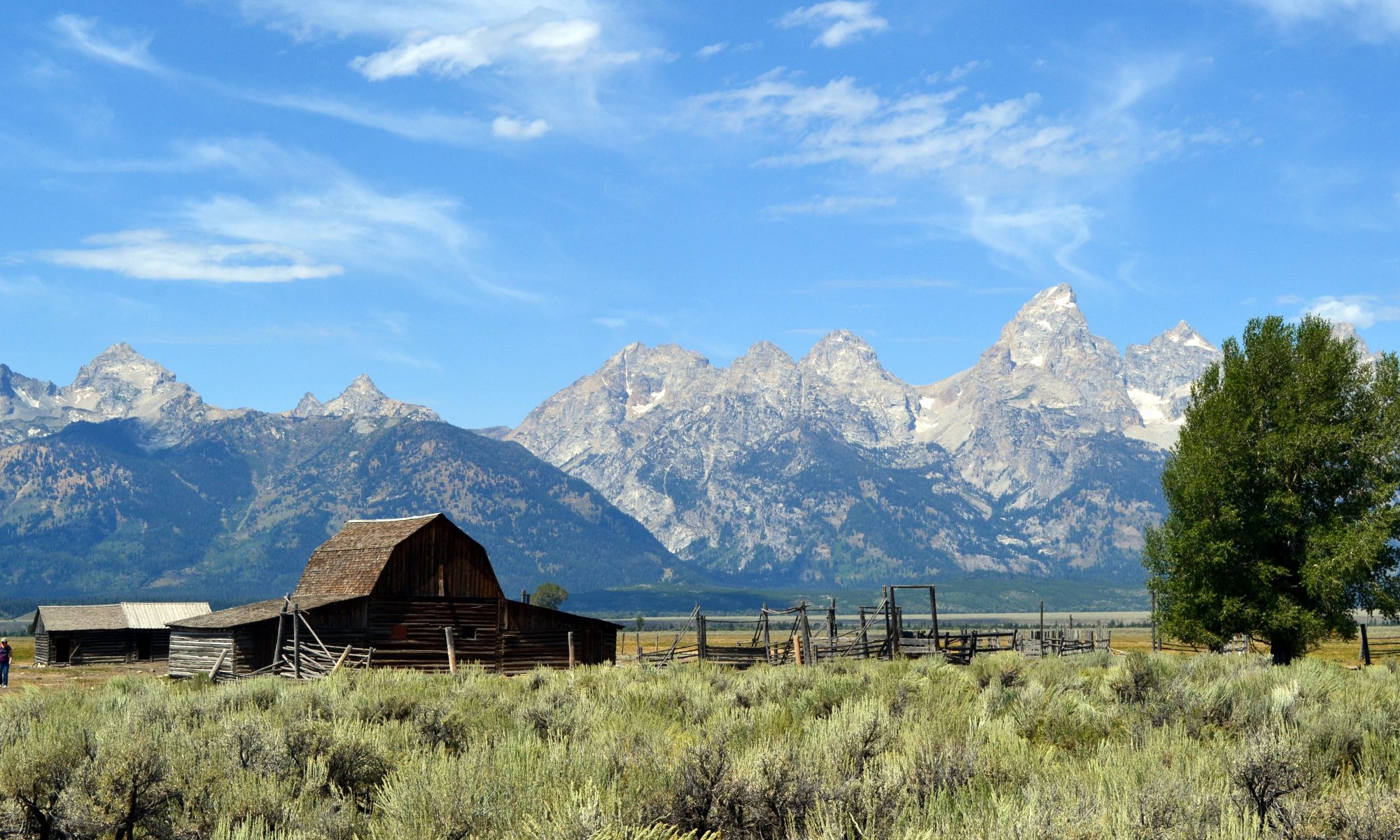Outside of the moral absolutes that we would all commonly accept, there really aren’t a wholly agreed upon set of absolutes for the many pursuits of our lives. And, although I would reject moral relativism, I do accept a certain continuum when it comes to leadership and leadership development.
What does that mean?
That means that there is an acceptable continuum of leadership skills, goals, and objectives. However, my experiences over the last two Sunday afternoons have reinforced within me the objective of creating more leaders and not just more followers. So, toward that end, let’s look at that a little more, shall we?
The kind of leadership that I want to focus on is the kind of leadership that differentiates itself from just good leadership. The differentiator that separates good leaders from great leaders is one that creates other leaders.[shareable cite=”Kevin Bowser” text=”If creating more leaders is the main goal, why do we spend so much time creating followers? #leadership #lvllc”]If creating more leaders is the main goal, why do we spend so much time creating followers?[/shareable]
While good leaders excel at motivating their followers to do what they are asked, great leaders motivate followers to develop and become leaders themselves. Good leaders only lead followers. Great leaders lead, create, and develop other leaders.
So, if you want to build an organization that endures, you must realize that having good leaders is not enough. You must build an entire culture of leadership throughout your organization that cultivates an environment where great leaders are empowered to create leaders to go out and replicate and even improve upon the foundation laid for them.
What is a Culture of Leadership?
What does it mean to have a leadership culture in your organization? In an organization that has embraced a culture of leadership, all individuals (and not just those that have the words “VP” or “Chief” on their business cards) are expected to think like and to act like leaders. But, what does a leader “think” like and “act” like?
I am not sure that I can provide convincing evidence of how a leader thinks. Because it is often hard to tell what is going on inside their heads. But, I can tell you some of the ways in which a leader acts.
- Leadership cultures have leaders who are actively learning and developing their own leadership skills. These leaders take the opportunity to “sharpen their saw” from time to time.
- Leadership cultures have leaders who are actively working with their followers to increase their leadership skills. Each follower is treated as though they have the potential to become the next inhabitant of one of the offices in the “C-Suite.”
- Leadership cultures have leaders who are willing to spend tight budget dollars in these tough economic times to send their followers to off-site development seminars or use budgetary funds to bring in recognized leaders to instruct and inspire the organization.
What are the benefits of a culture of leadership in your organization?
That is a great question. And it is one that we will explore next in this short series on the importance of creating more leaders.


